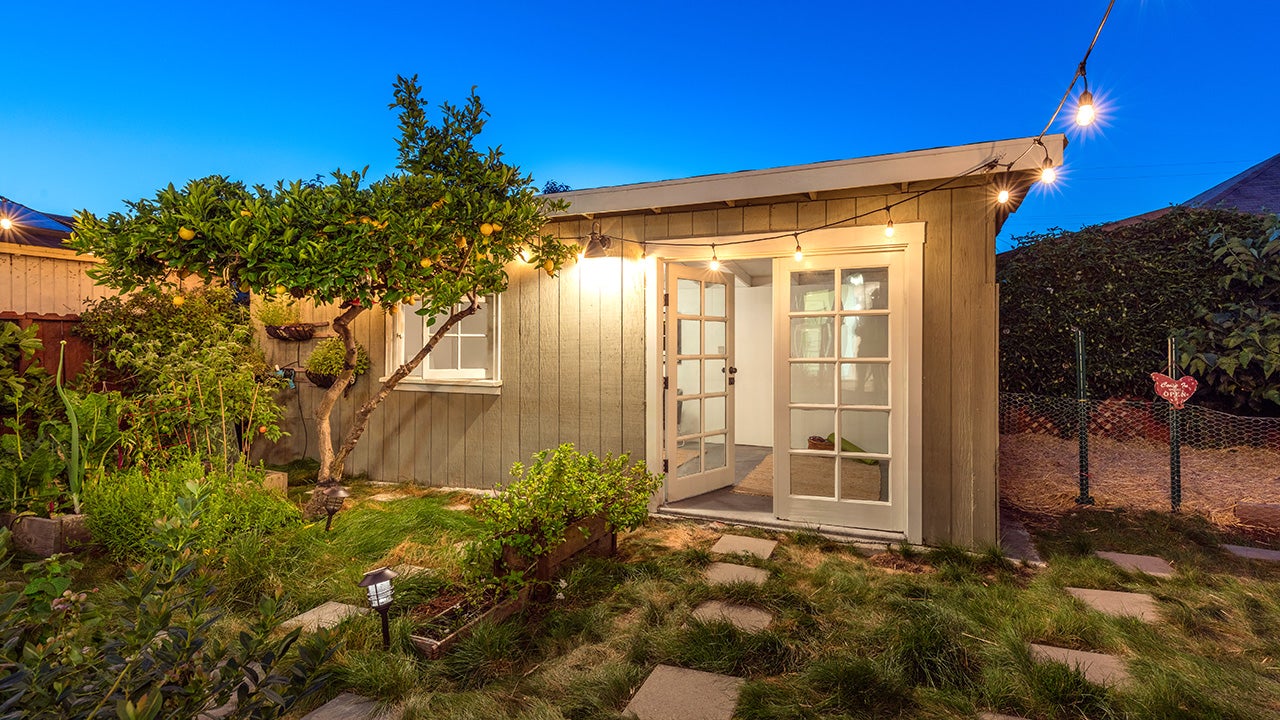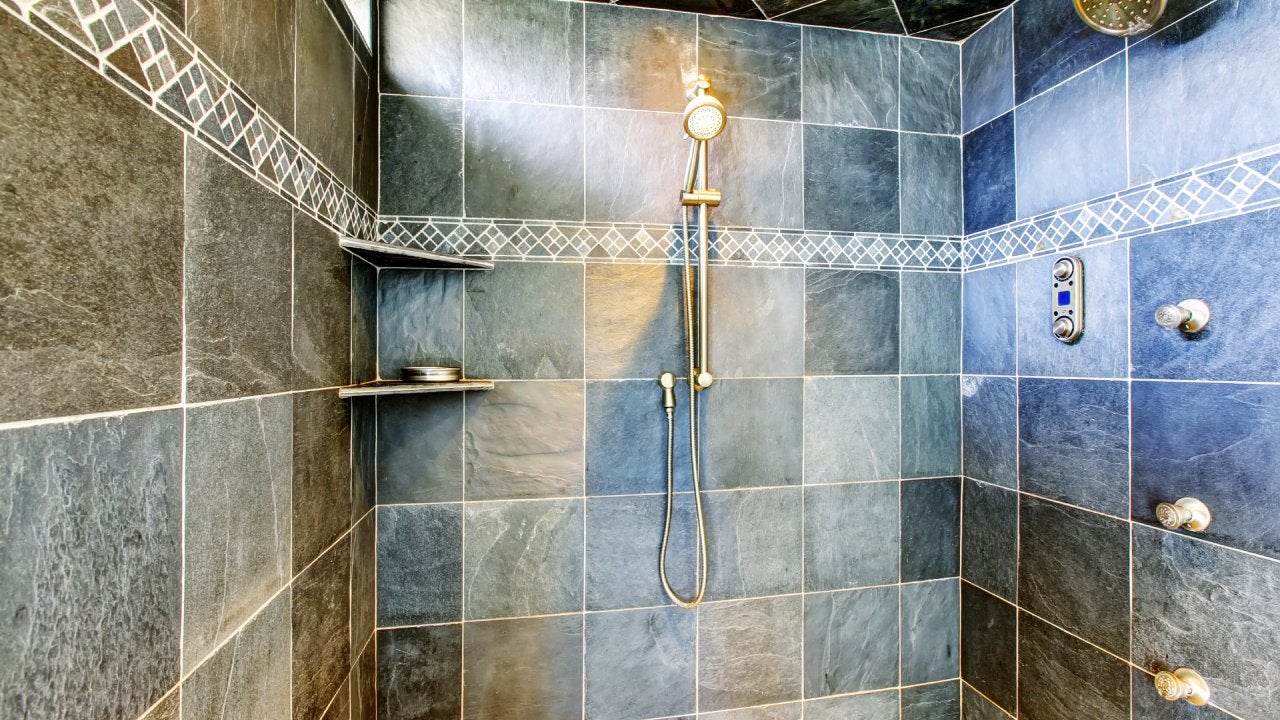What are architectural fees?

This term means exactly what it sounds like: Architectural fees are the compensation paid to people and entities that design buildings and structures. Architects are crucial for any project requiring the design and construction of a new building, or the altering of an existing one — and so architectural fees are a required cost of construction. Let’s find out more about architects and the costs associated with them.
Architectural fees: Definition
These are the rates charged in exchange for services provided by an architect or an architecture firm. Some of the crucial skills an architect provides include knowledge of spatial and structural relationships, building engineering and codes, and zoning regulations. The charges can depend on many factors, including the economy, the nature and complexity of the construction and the location of the site — not to mention the property owner’s negotiation skills.
Architectural fees are mostly charged either by the hour, by square footage, as a ratio of the cost of construction or as a fixed fee.
- Hourly rates are advantageous to the architect, especially if the client is constantly changing their mind or altering the building designs.
- Some may charge a fixed fee for their services instead. This typically occurs when the architect understands the details of the project, so there is no need for hourly or per-square-foot billing. This system is common for small-scale projects and renovations.
- There is also a hybrid approach that combines both per-square-foot and hourly billing. In this situation, the architect will charge per hour when working with design and schematic phases, to provide an incentive for the client to present any changes in a timely fashion. After settling on the design and scope of the project, the architect switches to per-square-foot billing.
Here’s an example of how it plays out in a real-life scenario. George wants to build a new home for his family. He hires Ronny, a professional architect, to design the house before construction begins. They sign a contract stating that in exchange for his services, George will pay Ronny $3,000, or about 6 percent of the building cost. The $3,000 is Ronny’s architectural fee.
How to pay for architectural fees
Let’s continue the example from above. How might George cover the cost of Ronny’s architectural fee, beyond just paying upfront?
A traditional residential mortgage pays for the property only — it cannot be used to cover architectural fees. Some specialty mortgage programs do, such as Fannie Mae’s HomeStyle Renovation and other renovation loans. But as the name implies, those are meant for upgrades and improvements on an existing home, not for building a new home from scratch.
George is building a new home, so if he wants to finance the cost of the architectural fee, he can take out a construction loan. These typically cover all costs associated with new construction, including architectural fees.
Bottom line
Construction or building projects can be costly, and architectural fees can take up a chunk of the cost. Make sure you know how your architect’s fees and charges are structured so that you can create a successful budget plan for your build.
You may also like

Tiny homes: Are they worth it?

How much does it cost to remodel a shower?

What does it cost to remodel a kitchen?



